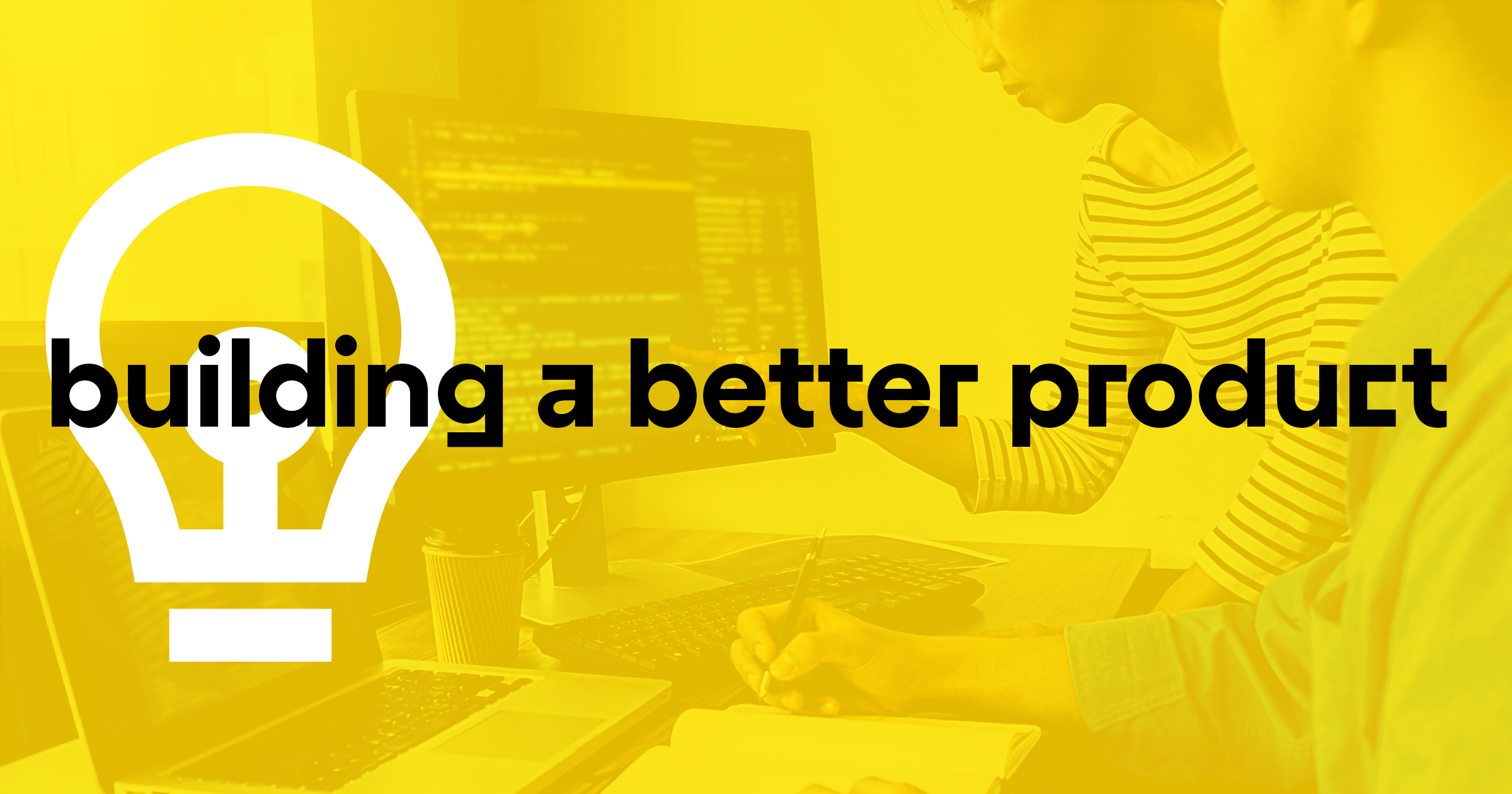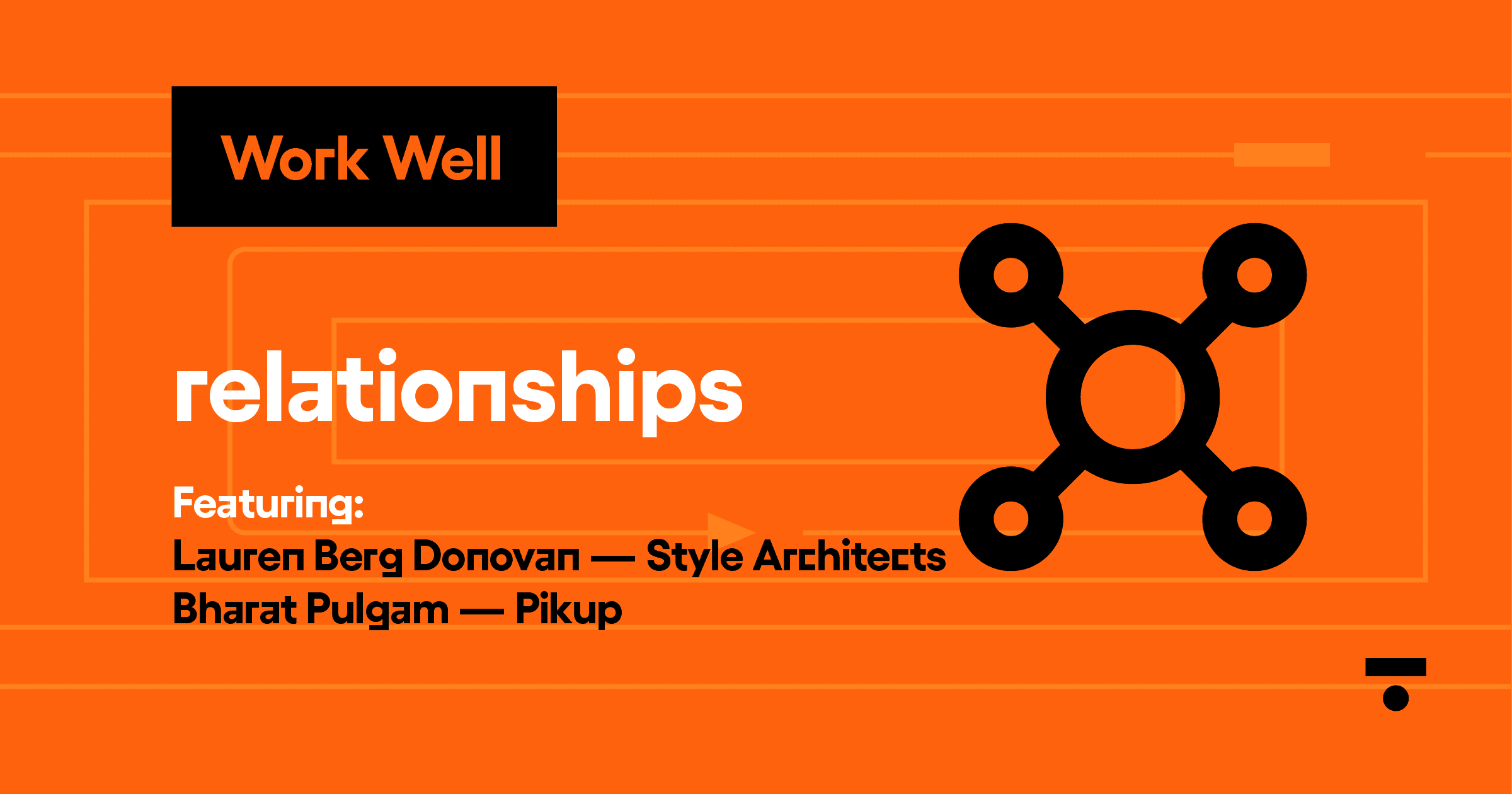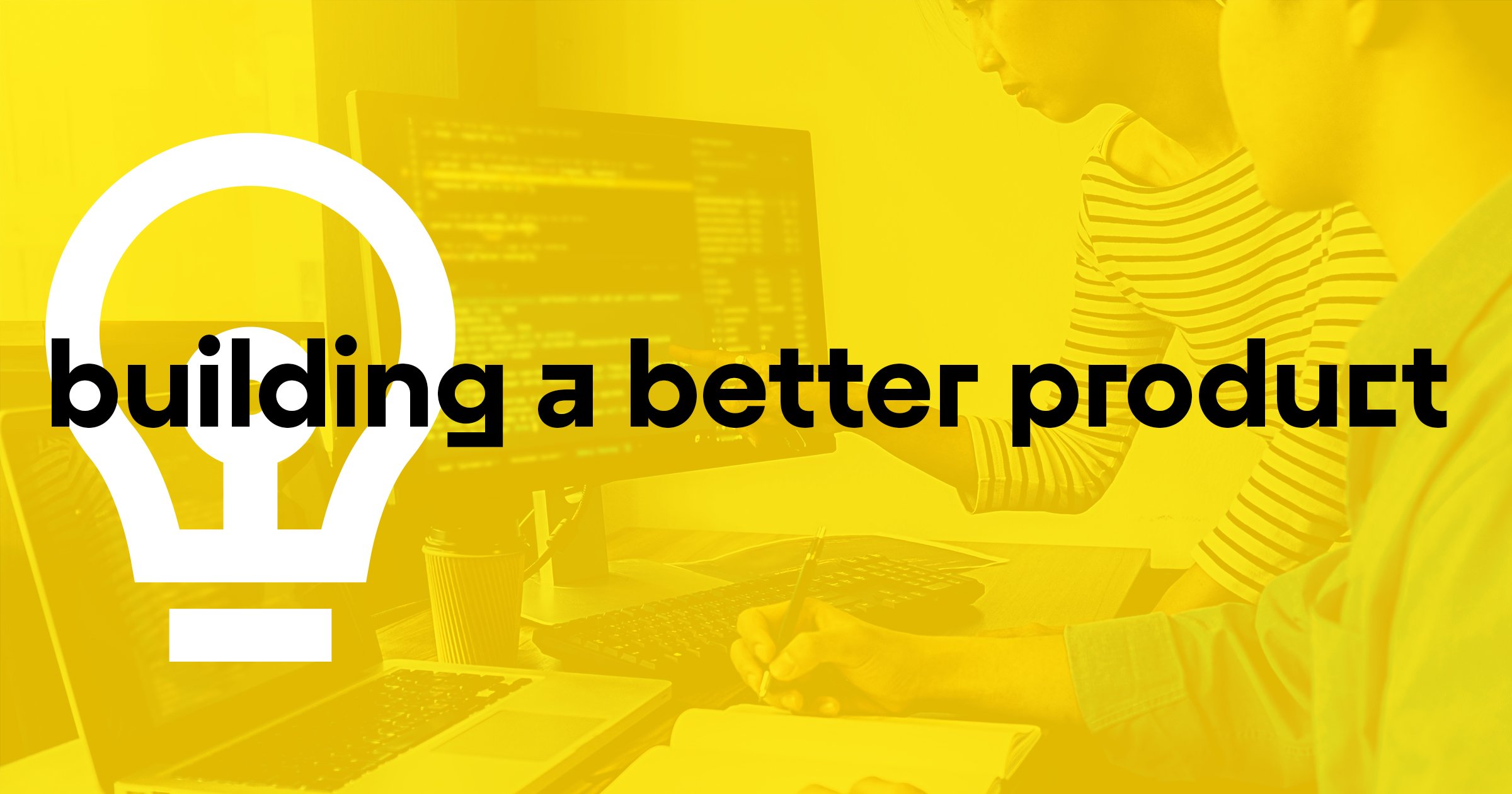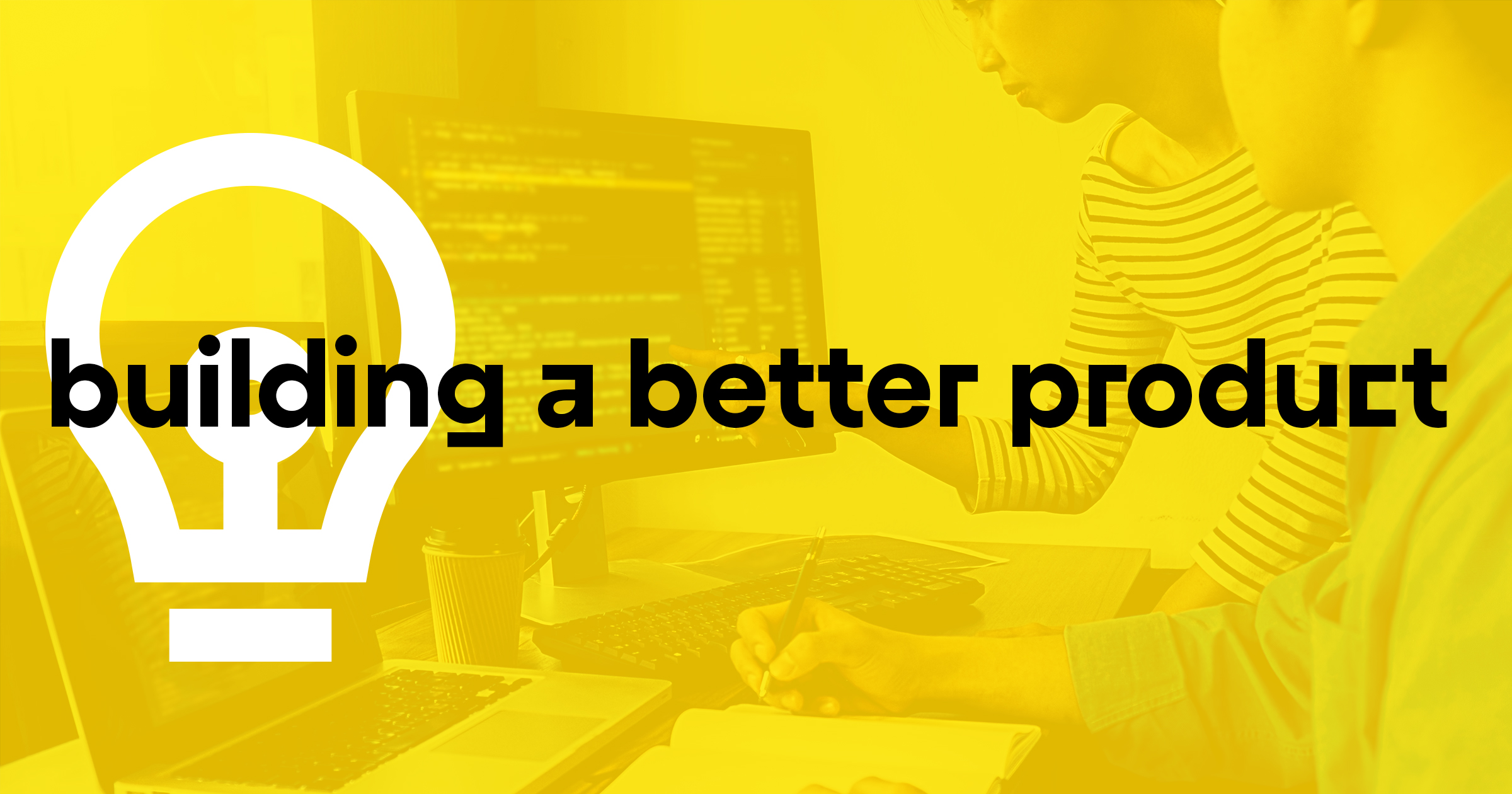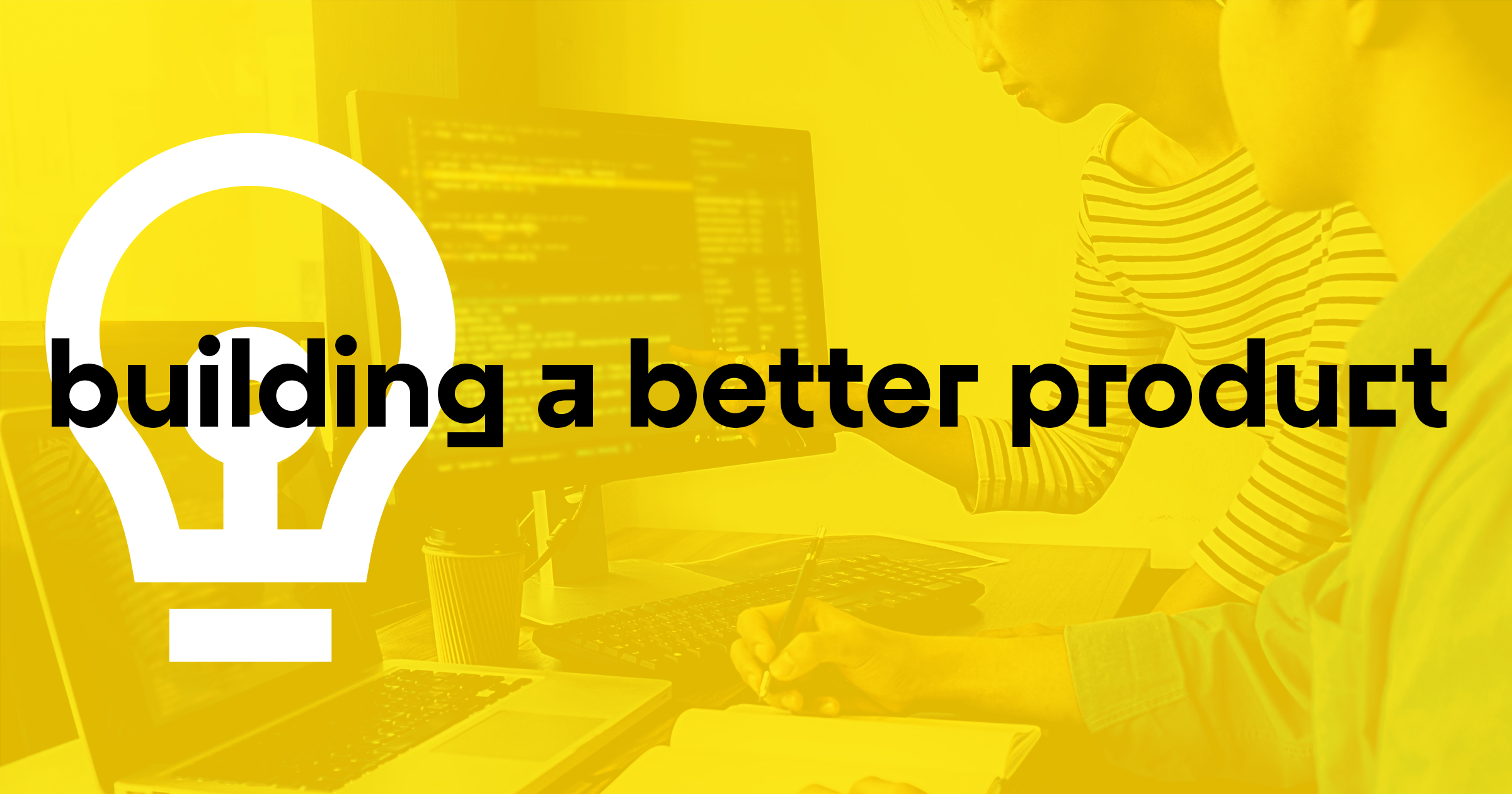Be sure to read Part 1 of “Designed to be Distracted” first.
Drawing attention to the most critical piece of information matters. In Dr. Susan Weinschenk’s book, “100 Things Every Designer Needs to Know About People,” she suggests people only pay attention to salient cues such as visual marks, boxes, frames, pointers, discontinuity in luminance, color, motion, depth, and orientation. We remember a penny is brown but very few of us remember the direction Lincoln is facing.
One way to learn what customers find salient is by interviewing them in the discovery phase of product development to understand their goals, needs, and expectations before building the product. Rocket Mortgage and TurboTax have discovered that people have no patience to fill out lengthy applications, so they adopted a conversational tone and split the process into categories.
According to Dr. Weinschenk, attention starts to wane after 10 minutes. Lengthy digital engagements need to be modified to accommodate these limitations. We are not designed to sustain focused attention, especially if the interaction is of reduced interest. Dr. Weinschenk suggests keeping online demos and tutorial under seven minutes in length.
Since the human mind is designed to wander, allow products to disclose relevant information in progression.
Since the human mind is designed to wander, allow products to disclose relevant information in progression. Human centered products present information to their customers how and when they want it. Accordion menus, content previews, sliders, and hamburger menus are a few examples of digital interactions designed to progressively display information on command.
Progressive disclosure reduces mental workload, allowing a customer to focus on one important task at a time. If multiple bits of equally important information are presented, lack of mental resources make it difficult for customers to predict the product’s behavior.

We remember a penny is brown but very few of us remember the direction Lincoln is facing.
If you are struggling to decide how to progressively display information, rely on your customer’s mental models. Mental models are representations of how we think our world should work and are often based on past experiences. They are extremely unreliable, but are often the best proxies for how customers think products should work. Like saliency, mental models can also be discovered during customer interviews.
Match digital interactions to real-world examples to enhance predictability of a solution’s behavior. For example, if the digital product contains pages, then people will expect to move forward or backward, just like they can in a book. A digital page that you cannot turn is confusing and contradicts mental models.
Human centered products and services are very sensitive to how information is organized and presented. It knows what information a customer needs and provides it to them when they need it. If you are currently building a product, ask yourself if it is designed to support the volatility of mental resources and test to see if it behaves according to your customer’s mental models.

